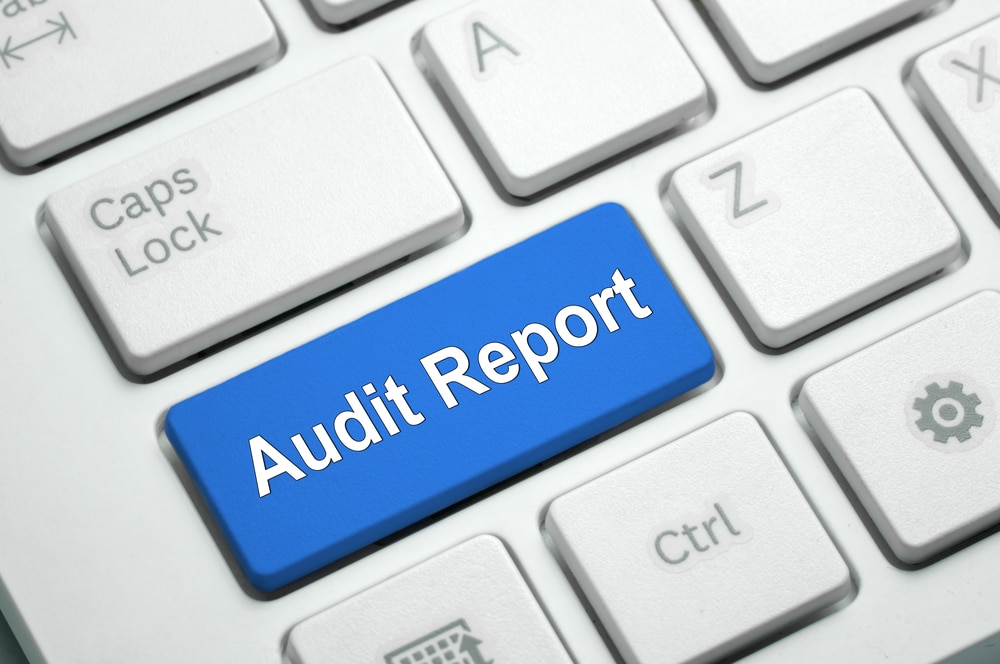This article is Part 5 of 6 in the Fraud Investigation Series. It focuses on crafting an effective fraud report that may be used in personnel procedures or law enforcement actions.
Components of the Fraud Report
A compelling fraud investigation report tells an engaging story that captures the reader’s attention. Unlike a murder mystery, it should not reveal the culprit only on the last page. Instead, it should be straightforward, clearly stating its purpose upfront and fulfilling that promise throughout. The report must include findings of fraud, each supported by five key components: condition, criteria, cause, effect, and recommendations.
- Condition: Describes the situation, such as the occurrence of fraud.
- Criteria: Identifies the rule, law, or policy that was violated.
- Cause: Explains why the criteria were not followed.
- Effect: Details the consequences of the fraud, such as stolen funds from a fundraiser preventing students from attending a field trip.
- Recommendations: Offers suggestions to restore compliance with the criteria and prevent similar fraud in the future.
Making the Report “Readable”
Fraud investigators invest significant effort in gathering evidence and conducting interviews with alleged fraudsters and other personnel. To ensure their hard work has impact, the report must be a game-changing document that key stakeholders will read. This requires making the report “readable.”
A readable report is reader-friendly, avoiding excessive jargon or acronyms. It should also be visually appealing, using headers and sub headers to guide the reader. Incorporating charts, graphs, and whitespace enhance navigability. District stakeholders are busy and unlikely to read a dense, single-spaced, ten-page report without clear organization. The report must signal its importance and highlight critical information effectively.

Summary
An effective fraud report is systematic and engaging, capturing the attention of stakeholders who rely on it for personnel or legal decisions. It should be error-free (both factually and grammatically) and readable, with headers, charts, graphs, and whitespace to enhance clarity. After writing the report, you may need to present it to stakeholders. The next article in this series will cover presenting your report and conducting a fraud post-mortem.
For training in school fraud detection, prevention, or investigation, contact me at anthony@edufraud.com.


